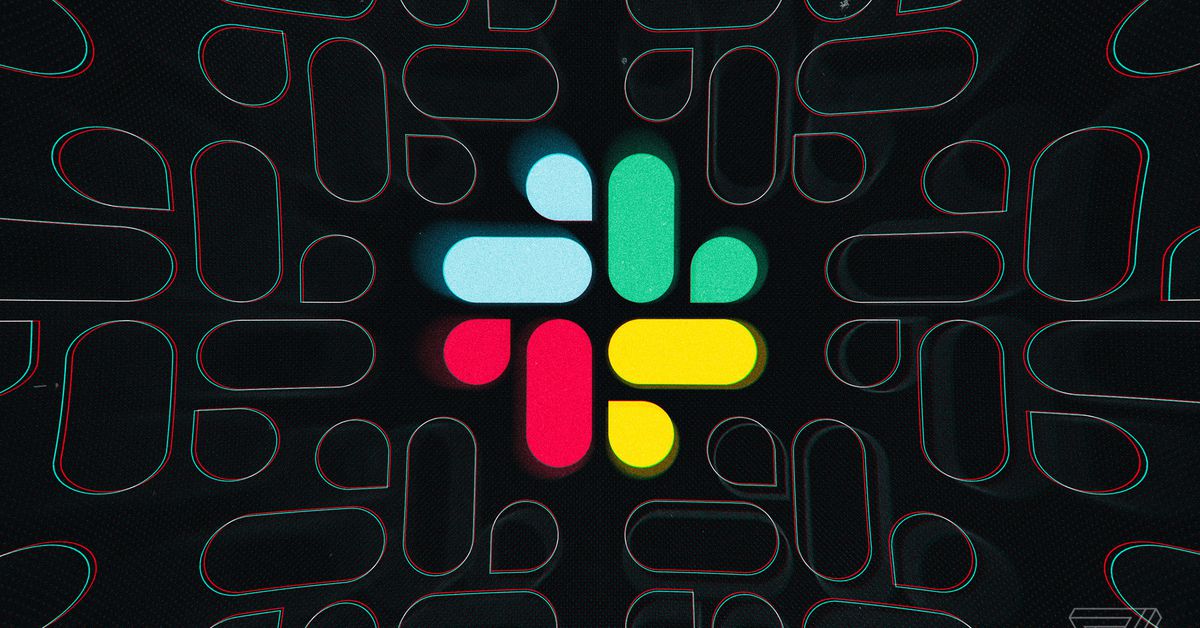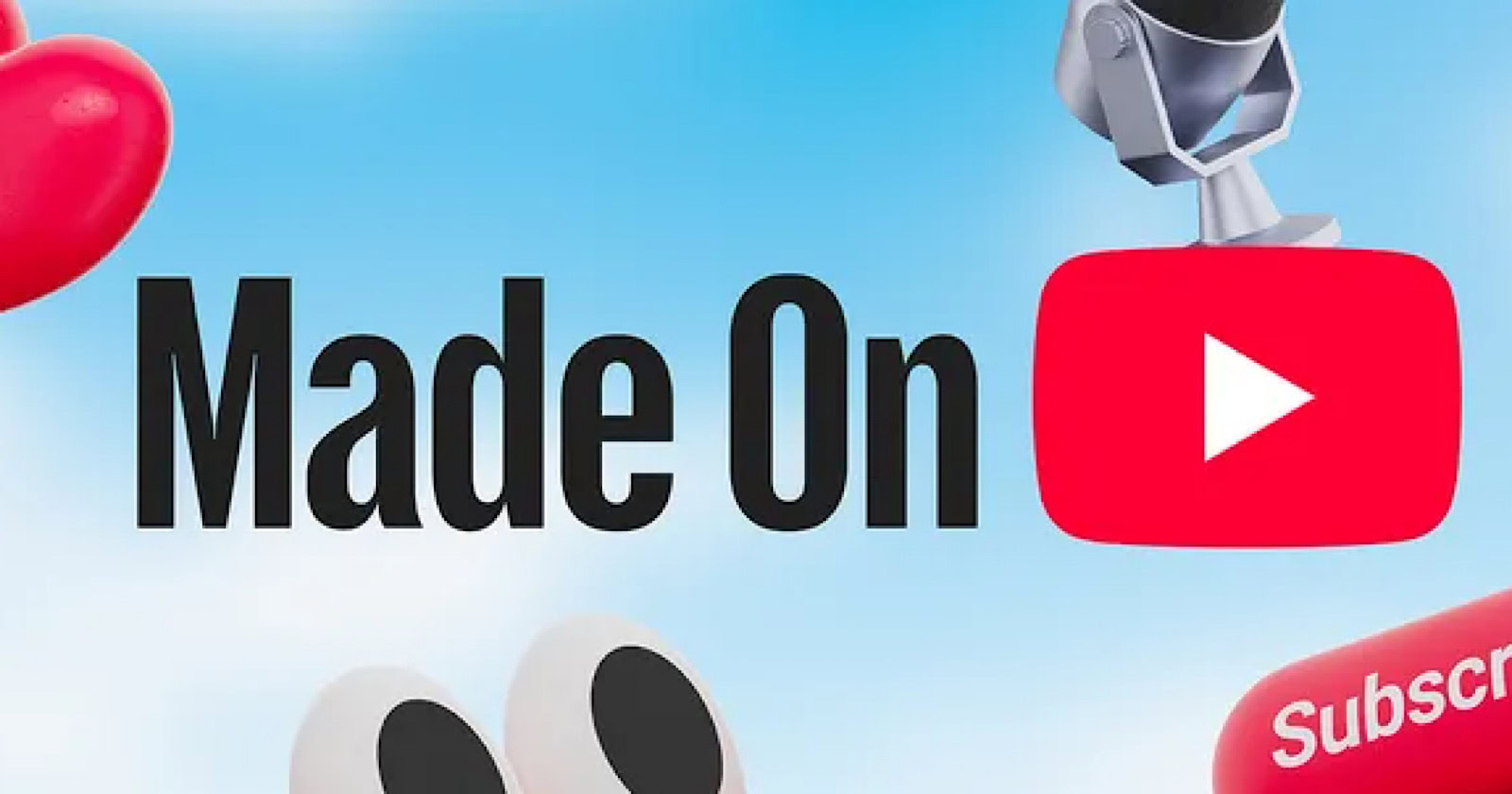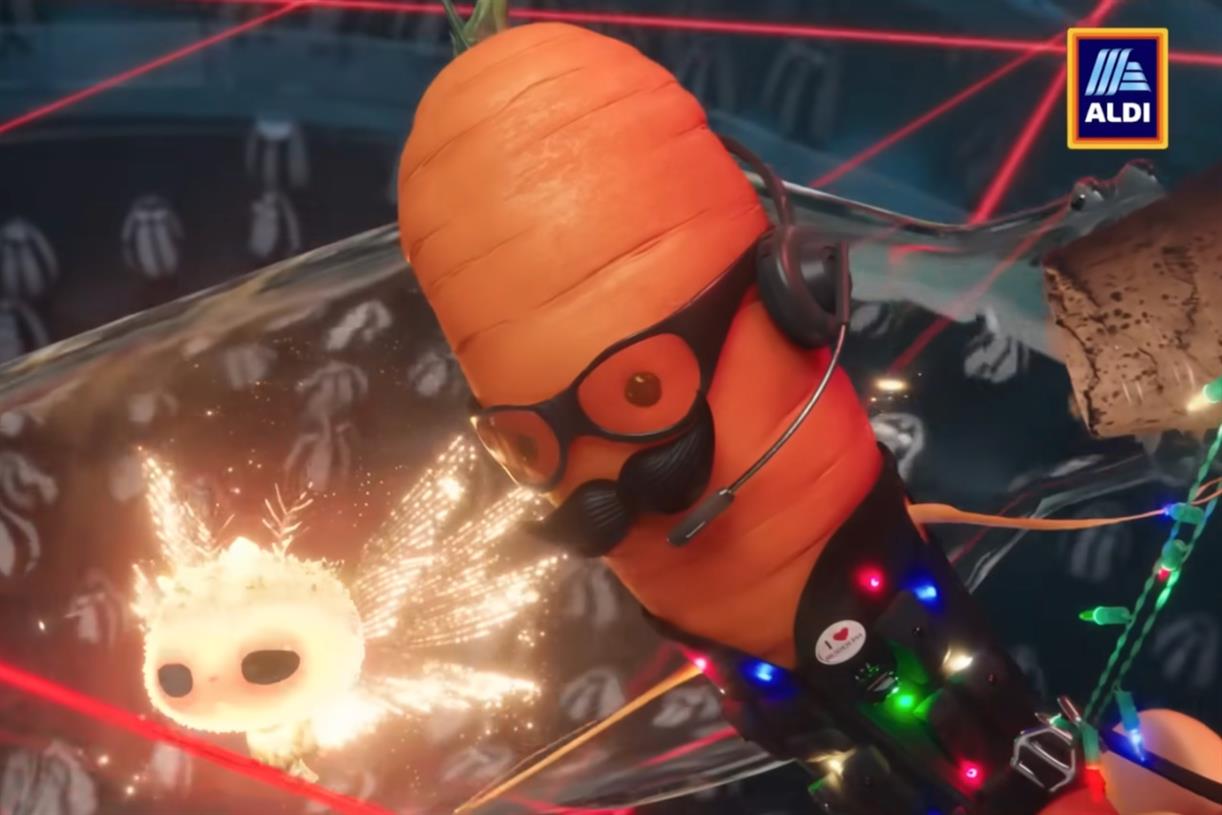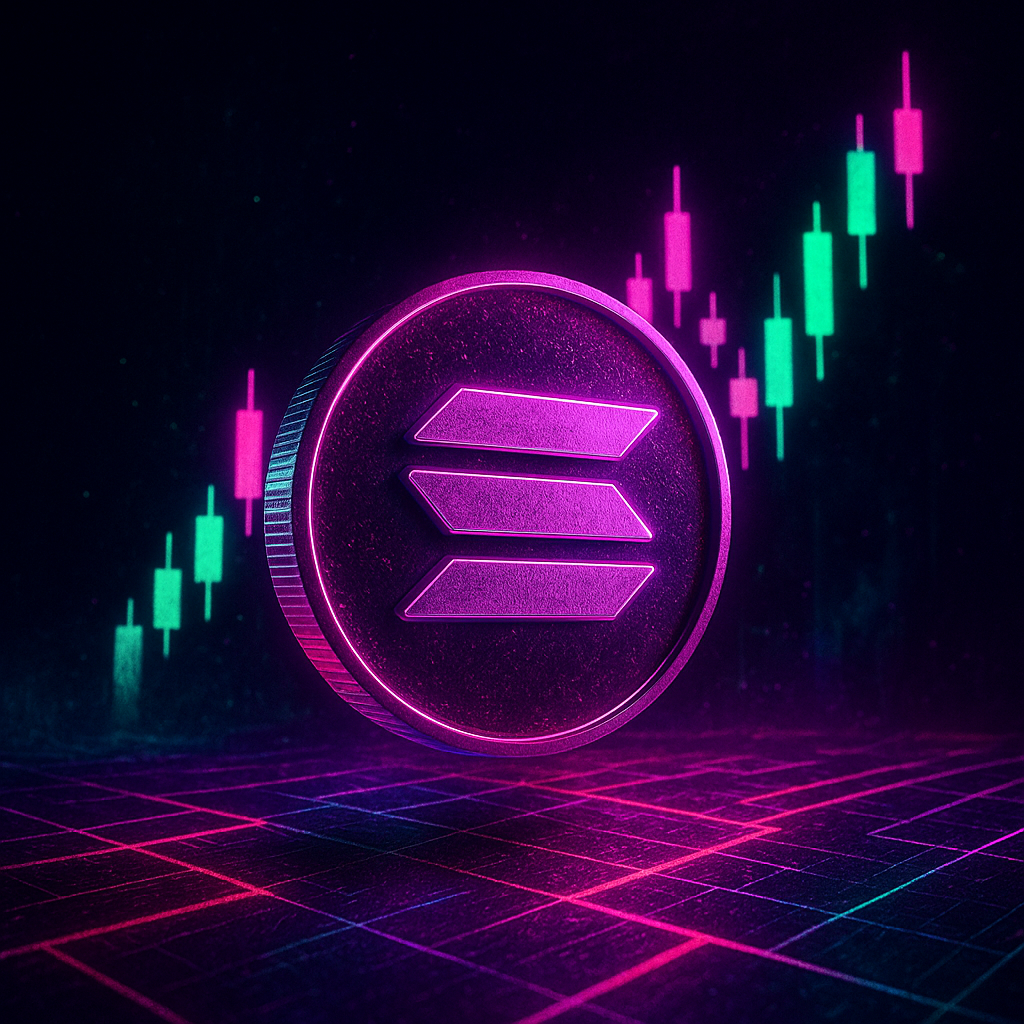Google announces Veo, an advanced text-to-video AI to compete with Sora
Google is quick on OpenAI’s heels, as just three months after the text-to-video generator Sora was announced, the search engine… Continue reading Google announces Veo, an advanced text-to-video AI to compete with Sora The post Google announces Veo, an...
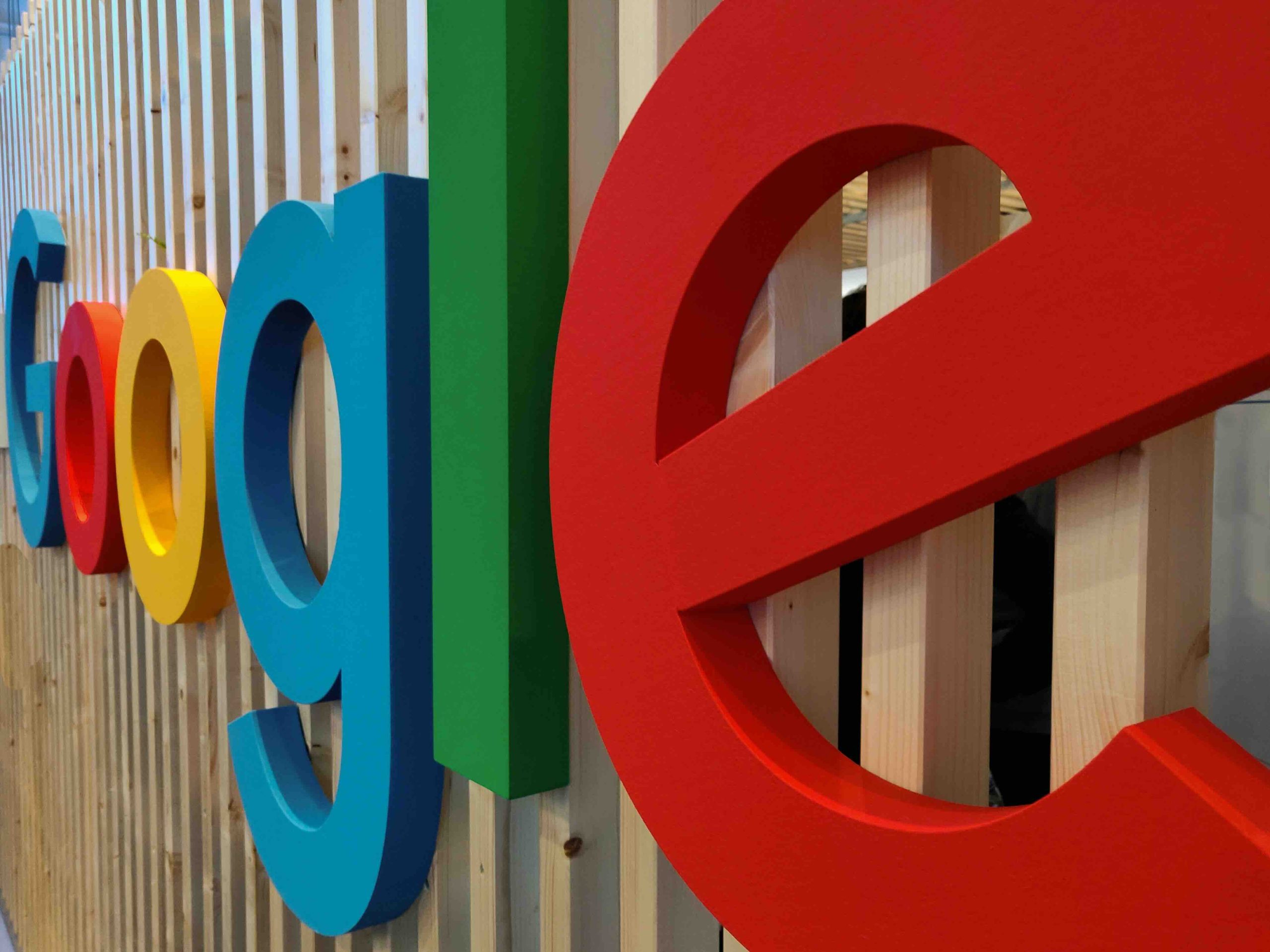
Google is quick on OpenAI’s heels, as just three months after the text-to-video generator Sora was announced, the search engine and technology company has launched its version.
At the annual Google I/O developer conference event on Tuesday (May 14), Veo was unveiled.
This is Google’s latest and most advanced video generation model that can create 1080p resolution videos in a range of cinematic and visual styles.
The technology giant says “Veo builds upon years of our generative video model work, including Generative Query Network, DVD-GAN, Imagen-Video, Phenaki, WALT, VideoPoet and Lumiere – combining architecture, scaling laws and other novel techniques to improve quality and output resolution.”
The ability to generate videos is described as “an unprecedented level of creative control.”
In a similar way to OpenAI’s Sora, Google’s newest debut isn’t yet available to members of the public as the team is only working with select creators in a private preview for testing purposes.
Some of Veo’s capabilities will then make their way to YouTube shorts and other products in the future.
Google developer conference announcements – Veo and Imagen 3
Veo isn’t the only new tool that Google has released this week, as many more surprises took place at the annual event.
Alongside the video model, the newly released Imagen 3 has been uncovered too. This is a text-to-image model that can produce photorealistic and lifelike images.
Google says: “Imagen 3 better understands natural language, the intent behind your prompt and incorporates small details from longer prompts. The model’s advanced understanding helps it master a range of styles.”
Image created by Imagen 3 with the prompt: A photo of a man with short hair and beard smiling at the camera. The background is blurry and buildings in light colors.
Again, the image model will only be available to a select few.
As the company turns its focus to artificial intelligence, they’ve released details about responsibility practices relating to the video and image models.
“We’re mindful about not only advancing the state of the art, but doing so responsibly. So we’re taking measures to address the challenges raised by generative technologies and helping enable people and organizations to responsibly work with AI-generated content.”
Featured Image: Photo by Kai Wenzel on Unsplash

 JimMin
JimMin 












